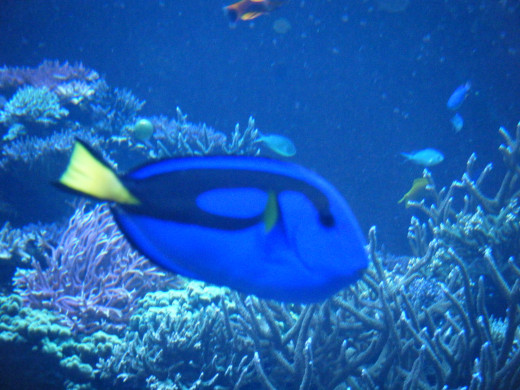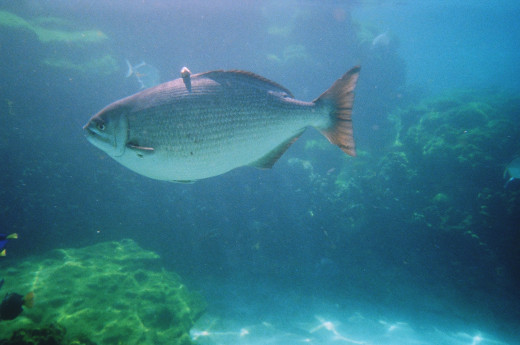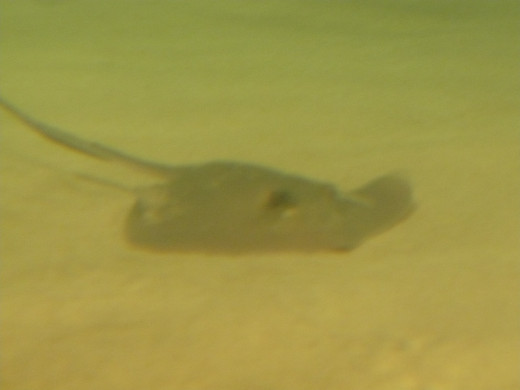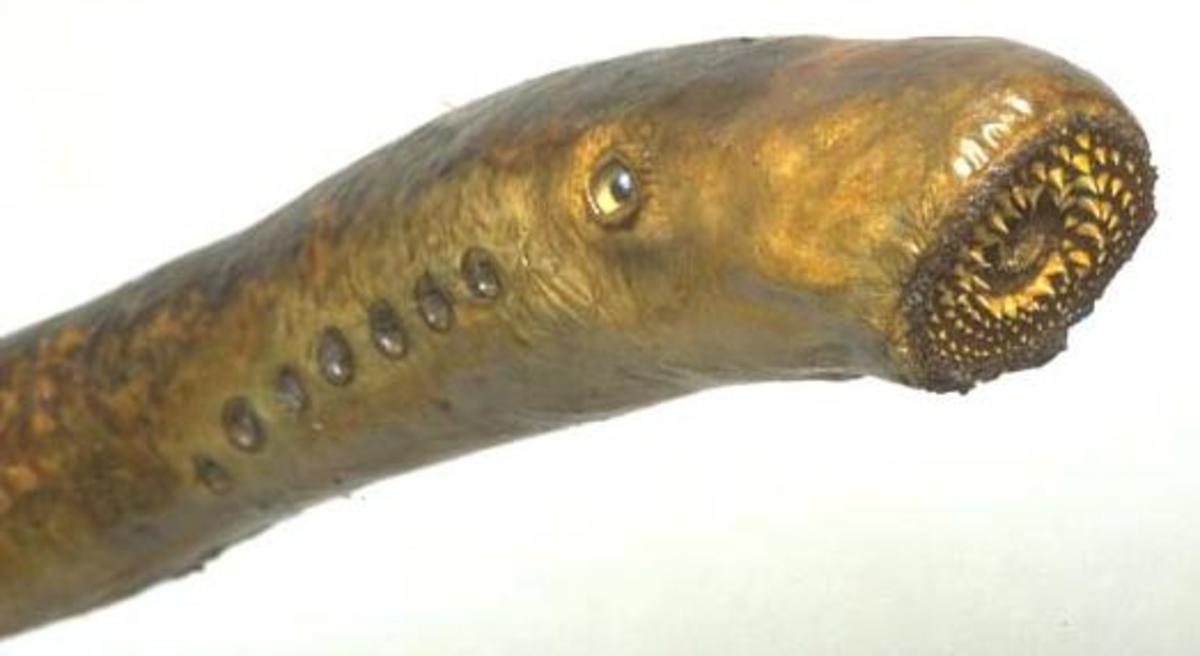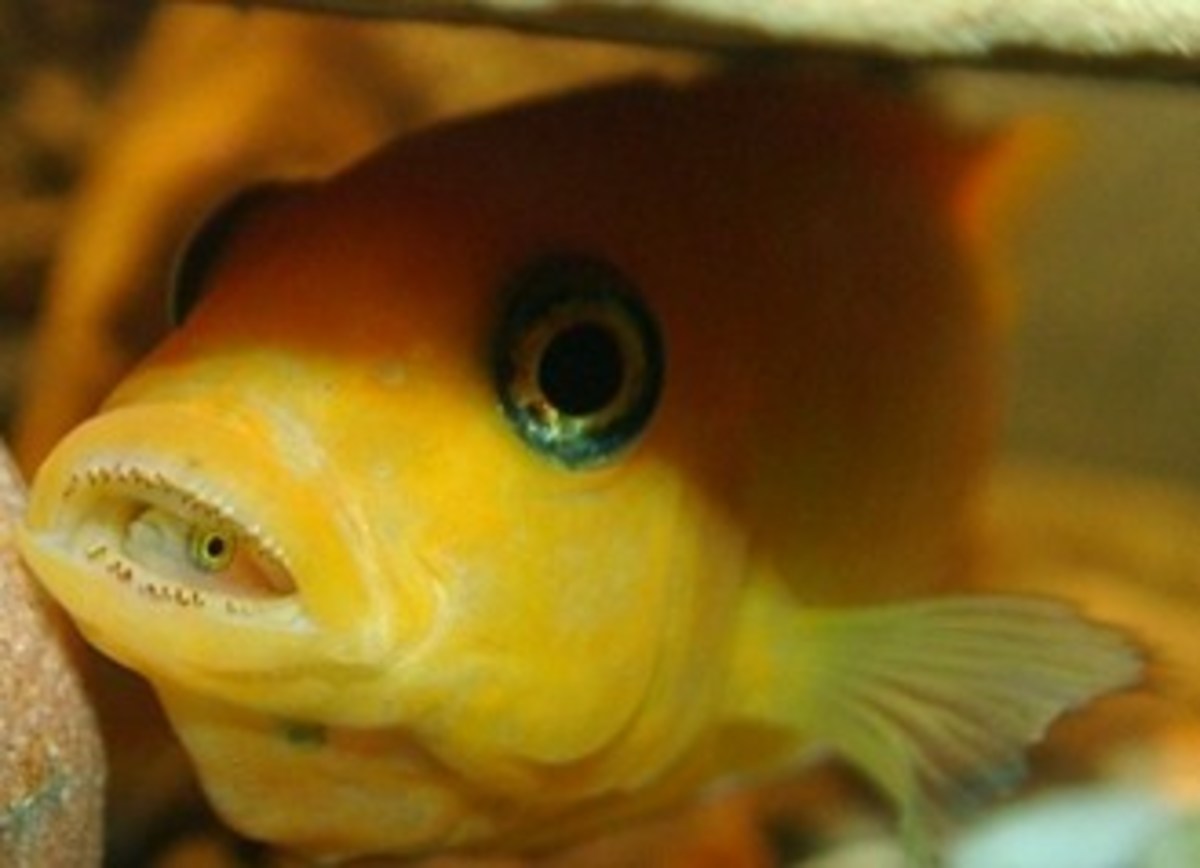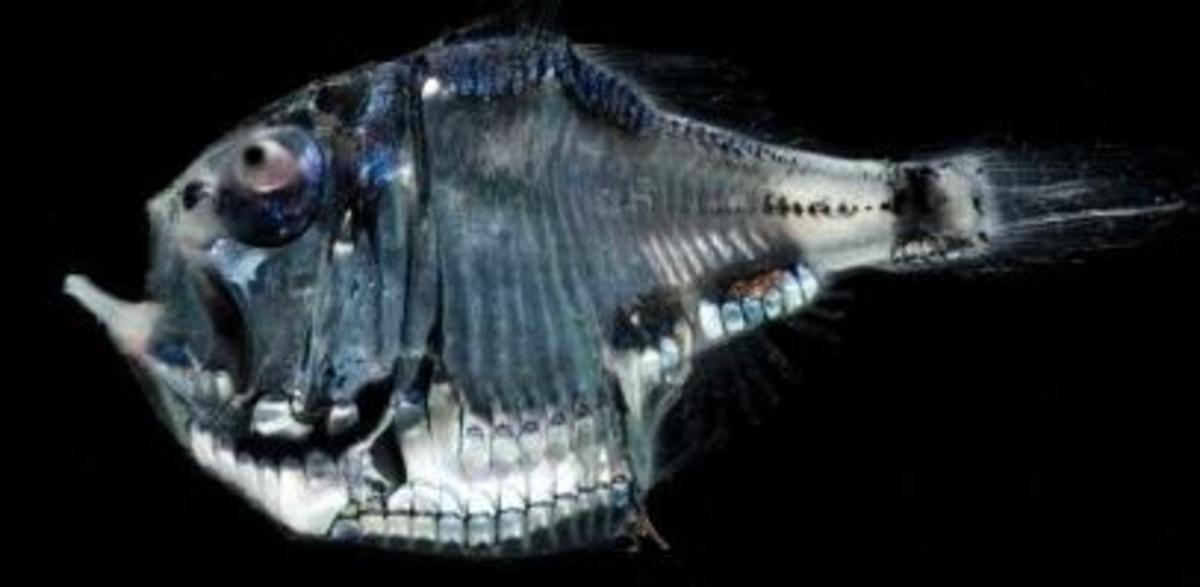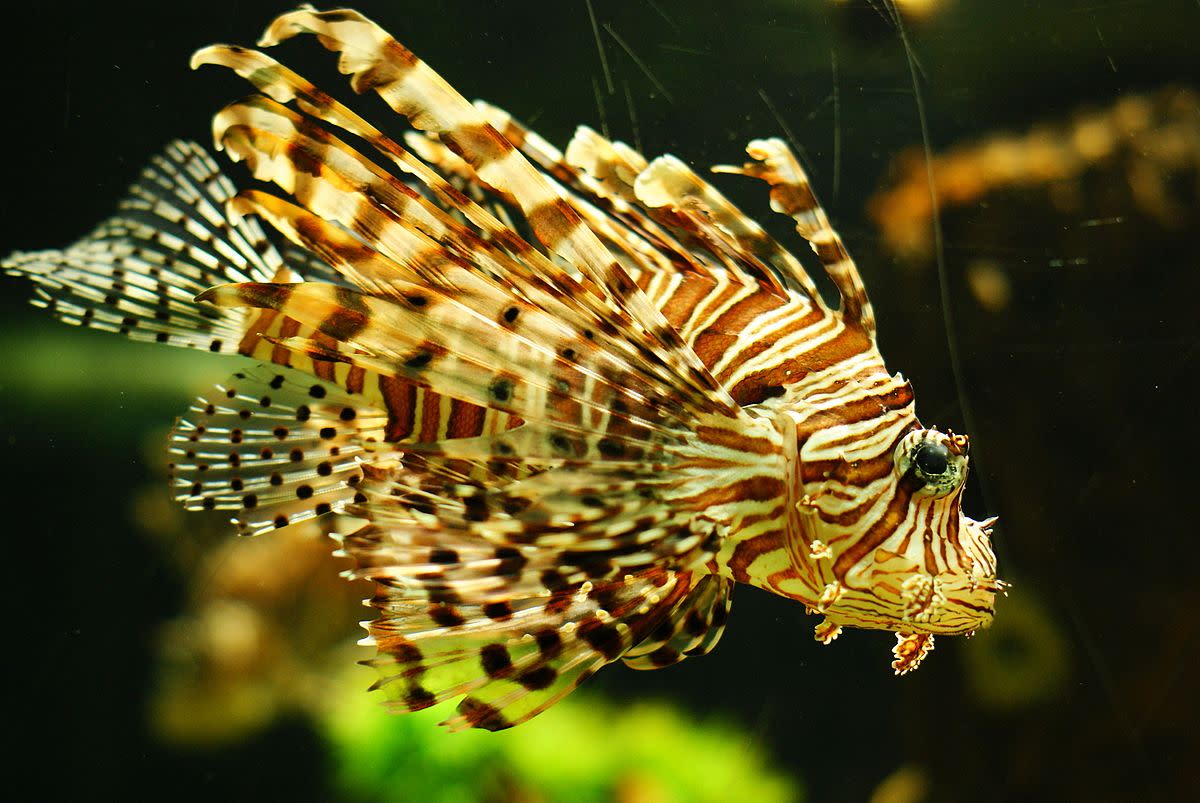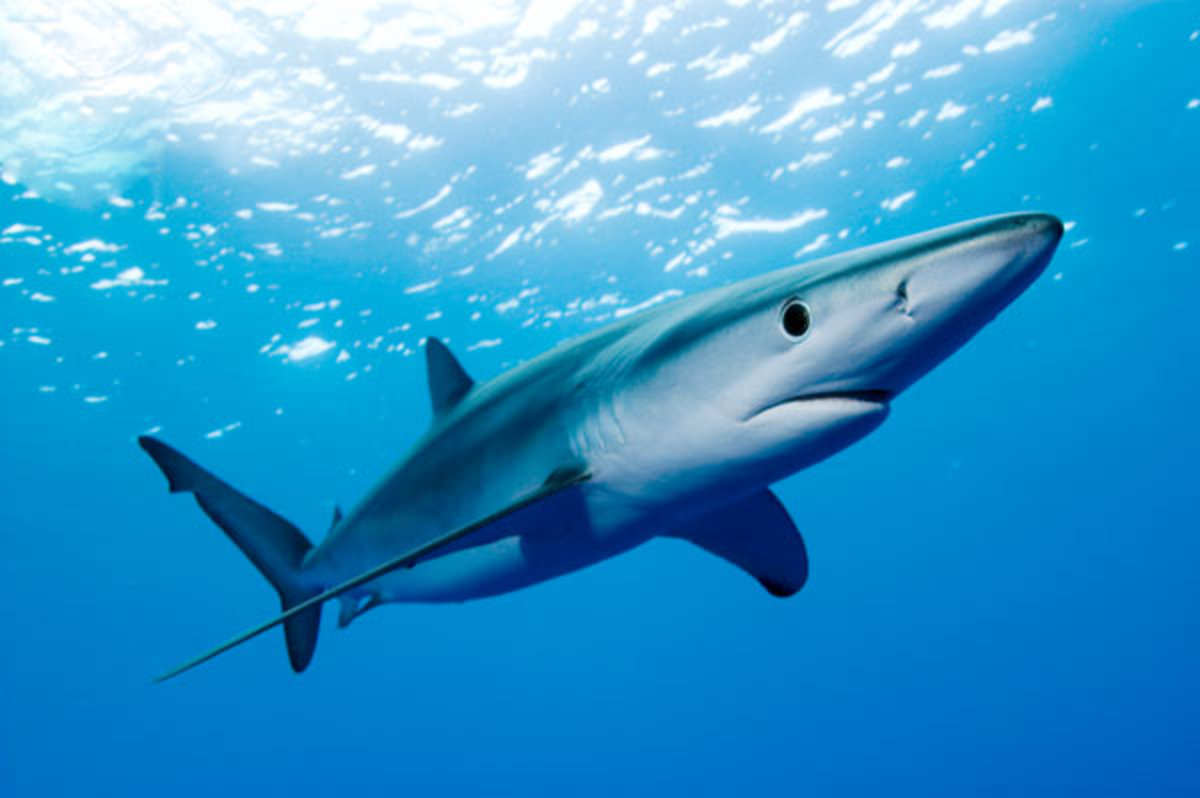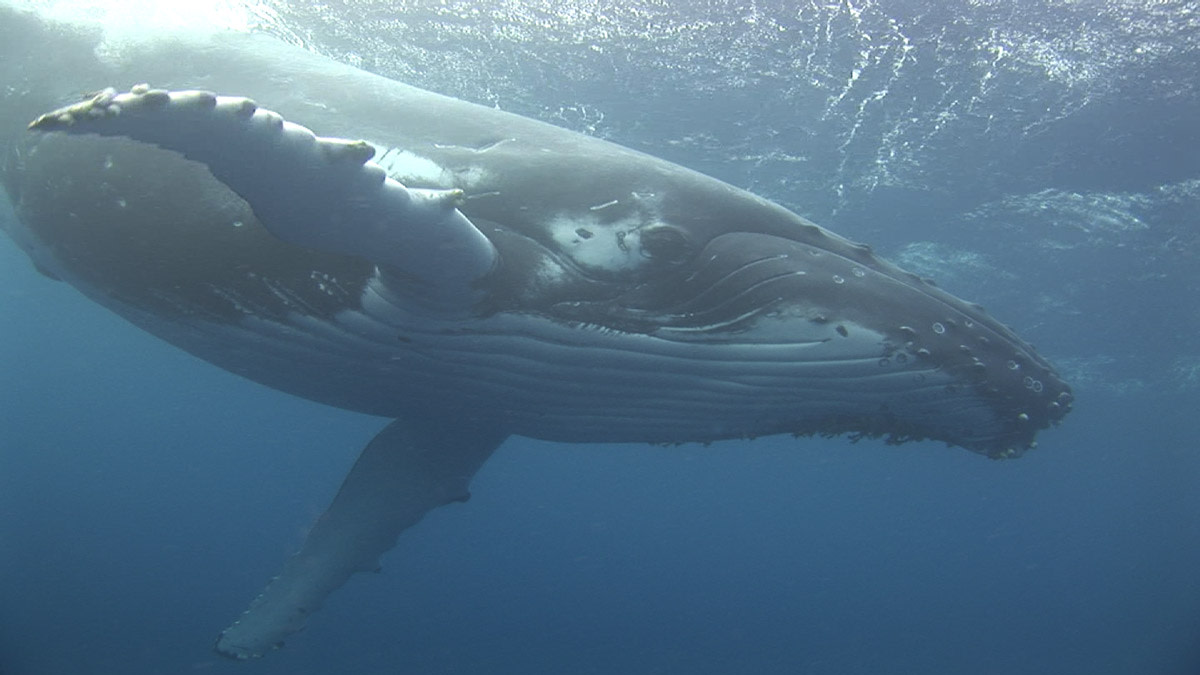- HubPages»
- Education and Science»
- Life Sciences»
- Marine Biology»
- Marine Life
Fish: A Comprehensive Introduction
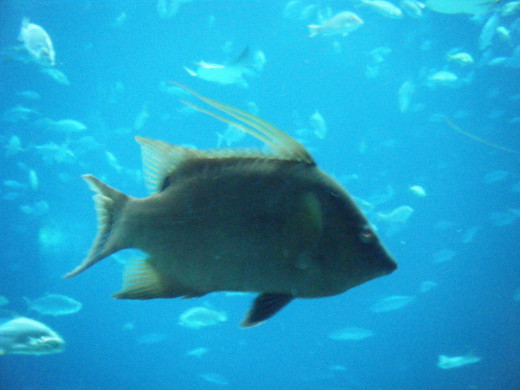
What is a fish?
Overlooking the few exceptions, a fish is a vertebrate animal that is cold blooded, has gills, and lives in water. What makes fish different from all other animals that live in water is that fish are able to extract oxygen from the water they live in. This means that fish don't need to, though some do, breathe air from the surface of the water. No other vertebrate animal species can do that.
The Four Groups of Fish
There are over 21,000 species of fish. That is more than any other vertebrate type. To further categorize them fish have been broken up into four groups: the lampreys, the hagfish, bony fish, and cartilaginous fish.
Lampreys and hagfish are special in that they do not have jaws, and thusly they are referred to as jawless fish. These kinds of fish are some of the most privative alive today. There are 40 species of lamprey and 32 species of hagfish.
Cartilaginous fish make up the second largest group with approximately 700 known species. This group is composed of sharks, skates, and sting rays. Experts estimate that 95% of the world's population of fish are in the bony fish group. Chances are pretty high that if you are thinking of a fish you are thinking of a type of bony fish.
How Fish Look
Fish come in many different sizes, shape, and colors. Often fish have a coloration pattern that helps them blend into their surrounding environment. Most fish appear darker on top, so that when viewed from above they seem to blend into the bottom, and lighter underneath, so that when a predator looks up at them from below the fish disappears in the light at the surface. This is called countershading and is also exhibited in many other animal species. However, some fish do not use countershading at all and rather are brightly colored. This could be to help them blend into their surrounding, at say a coral reef, or to attract a mate.
To better understand the way fish are shaped it is important to know the different types of fins that fish have. From the head the first set of fins are the pectoral fins. In most species of fish this fins are used for balance while swimming though in some they are used for propulsion. These fins are also used to help the fish turn and change direction. The next fin is along the back of the fish, called the dorsal fin. Some fish have two dorsal fins, they are numbered first and second from head to tail. These fins are also used for balance. The anal fins are the next set of fins. They, again, help the fish to stay balanced in the water. The last fin on the fish is the the tail, which is called the caudal fin. For many species of fish the caudal is what is responsible for propelling the fish through the water.
The shape of the fish depend upon what behaviors the fish exhibits. Flounder, rays, and skates have a flat body. This is because they spend most of their time on the bottom of the ocean and their flattened bodies help them hide in the sane better. Tuna, sailfish, and makos, are some of the fastest fish in the ocean. Their caudal fins have equal sized lobes, the top and bottom parts of the fin. This allows for them to attain the speed needed to catch their prey and avoid becoming prey themselves.
Ichthyology Books



Reproduction
Different species of fish reproduce in different ways. Many fish lay eggs, but there are some species of fish that give birth to live young. Some egg laying fish fertilize the eggs outside of their bodies while others fertilize the eggs inside of the female's body. When the eggs and sperm, also called milt, are both released at the same time it is called spawning. Typically spawning occurring once a year at a particular time of year, depending on the species of fish.
Some fish guard their nest and their young, while others abandon them once they are done spawning or giving birth. Fish eggs tend to hatch quickly, some in under 24 hours. The baby fish are called fry and are often unrecognizable when compared to their parents. The flounder is an excellent example. The fry look like a typical fish, but as they mature one of their eyes migrates to one side of their head and their body changes its orientation in the water so that it lays flat instead of remaining vertical like that of a conditional fish.
The world of fish has the only known example of male pregnancy in the animal kingdom. The female lays her eggs inside of the male's pouch where he then fertilizes the eggs. The male then carries the eggs until they have fully developed and are ready to hatch. The male contracts his body to release the newly hatched seahorse fry. Once the fry have exited the male's body they are on their own in the ocean as the seahorse does not further care for their young.
Note: This video, while containing some real true facts, is meant for entertainment.
Fish Growth
Unlike mammals fish don't stop growing. What this means is that fish, when presented with optimal conditions, will continue to grow until the day they die. This does not mean that all fish will grow to monstrous sizes, just some fish that have survived for many years. This is why in many parts of the world there are stories of fish growing to huge sizes and feeding upon humans. This is also why the show River Monsters is so fascinating.
Some species of fish naturally do not get that large. Take a beta fish for example. It doesn't matter if you put a beta in a five gallon tank or a five hundred gallon tank, it will not grow larger than a few inches give or take including the length of the tail.
Fish Diversity
Fish are some of the most diverse animals on the planet. They are found in fresh and saltwater. They can live in warm and hot water, and yet they are also found in the waters around the arctic and antarctic. This is because the fish found in cold waters have a type of antifreeze in their blood to prevent their blood from freezing in the icy waters in which they live. Fish are even found in lakes in caves. Fish also inhabit the deepest parts of the ocean, often using bioluminescence to find food, mates, and avoid becoming prey.
When you think of a fish, what do you think of?
© 2013 Alexandria


